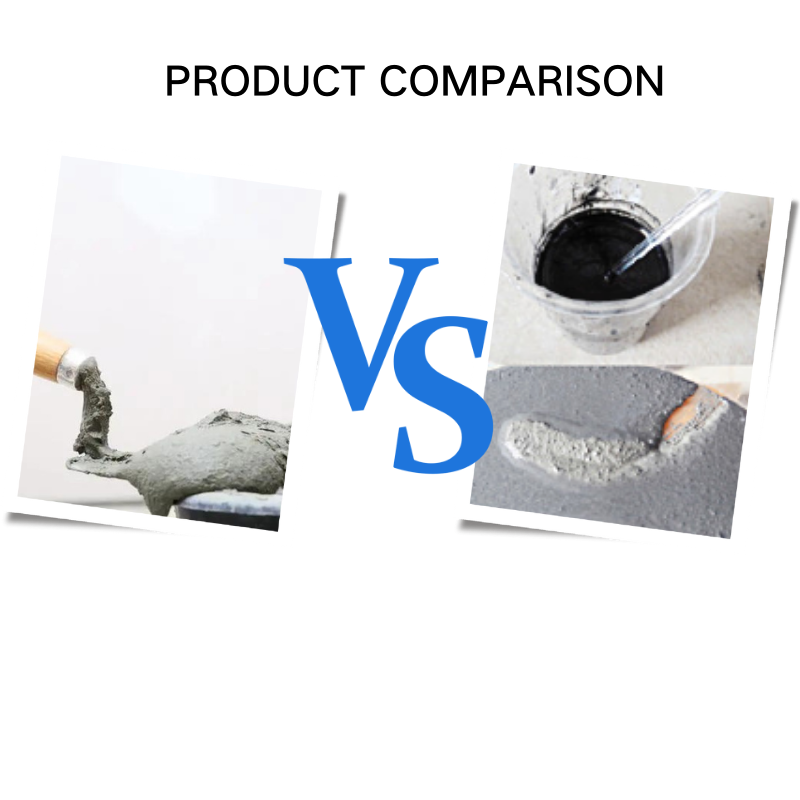
talc cas no
Understanding Talc CAS No and Its Significance
Talc, a naturally occurring mineral composed primarily of magnesium, silicon, and oxygen, has garnered widespread attention for its diverse applications in various industries. The chemical formula for talc is Mg3Si4O10(OH)2, and it is characterized by its softness, which is ranked as the softest mineral on the Mohs scale with a rating of 1. This remarkable property, alongside its lubricating and absorbent qualities, makes talc a valuable ingredient in several products. The identification of talc in the industrial context is often facilitated by its Chemical Abstracts Service (CAS) Number, which is 14807-96-6.
The Importance of CAS Number
CAS Numbers are unique numerical identifiers assigned to every chemical substance registered in the CAS database. The primary purpose of these numbers is to provide a standardized method for referencing chemicals across various industries, eliminating the confusion that can arise from the various naming conventions. For talc, using the CAS number—14807-96-6—allows researchers, manufacturers, and regulatory bodies to efficiently discuss and analyze information related to this mineral.
Applications of Talc
Talc’s unique properties allow it to be utilized in a multitude of products and industries
1. Cosmetics Talc is widely used in cosmetics due to its ability to absorb moisture, provide a smooth texture, and serve as a bulking agent. It is commonly found in products like talcum powder, face powders, and blushes.
2. Pharmaceuticals In the pharmaceutical industry, talc is used as an inactive ingredient in various medications. It functions as a lubricant during the manufacturing of tablets and capsules and can also serve as a filler.
3. Food Industry Talc can be used as a food additive to prevent caking and as a flow agent in powdered foods, helping to improve the consistency and shelf life of products.
talc cas no

4. Plastics and Rubber In the manufacturing of plastics and rubber, talc is added to enhance properties such as rigidity, thermal stability, and clarity. It helps produce lightweight and durable materials, making it a favored additive.
5. Paper In the paper industry, talc is used as a filler to improve the brightness and opacity of paper products, while also acting as a lubricant during the paper manufacturing process.
6. Paints and Coatings Talc is used in paints and coatings for its opacity and the ability to improve the finish and application qualities. Its presence enhances the durability and aesthetic appeal of the final product.
Safety and Regulatory Concerns
Despite its versatile applications, concerns have arisen regarding the safety of talc, particularly in cosmetic and pharmaceutical products. The presence of asbestos, a known carcinogen, in talc has led to significant health concerns. Regulatory bodies, including the U.S. Food and Drug Administration (FDA), have emphasized the importance of rigorous testing and regulation to ensure the purity of talc used in consumer products. Manufacturers are urged to source talc from suppliers that guarantee their products are asbestos-free.
Furthermore, the recent lawsuits against talc producers have highlighted the importance of transparency in the sourcing and testing of talc. It is imperative for companies to provide clear information about the safety of their talc products to maintain consumer trust.
Conclusion
Talc, with its CAS Number 14807-96-6, plays a crucial role in numerous industries, providing essential properties that enhance the performance and quality of many products. While its benefits are substantial, it is equally important to remain vigilant about the associated health risks. As regulations evolve and safety standards increase, the industry must prioritize transparency and consumer awareness to safeguard public health while continuing to harness the unique properties of this valuable mineral. Understanding the implications of talc use ensures that it can be utilized responsibly in our day-to-day products, balancing functionality with safety.
Share
-
Premium Resin Coated Sand - High Heat Resistance CastingNewsJul.31,2025
-
High Quality Silicon Carbide Grit for Abrasive ApplicationsNewsJul.30,2025
-
High-Quality Ceramsite for Plants & Gardening | Lightweight PebblesNewsJul.29,2025
-
Premium Burgundy Glass Marbles for Vases & Shooter GamesNewsJul.29,2025
-
High Purity Quartz Sand for Industrial and Ground ApplicationsNewsJul.29,2025
-
High-Quality Barite Powder for Drilling & Industrial UseNewsJul.29,2025






